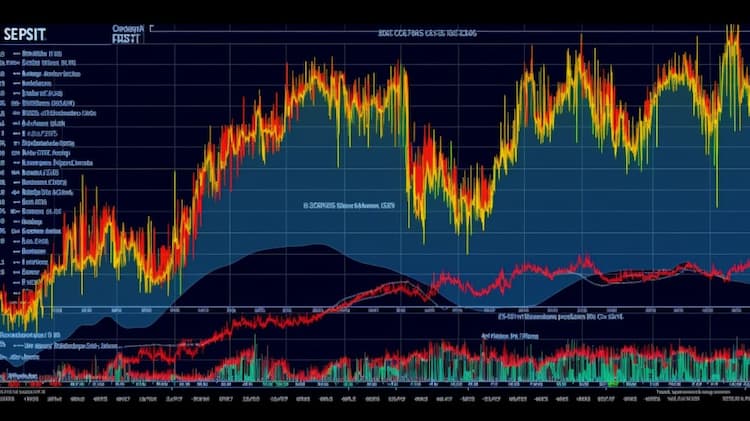
FHLC VS FXH
Exchange-Traded Funds (ETFs) have transformed the landscape of modern investing, offering a convenient way to gain exposure to various sectors and asset classes. In this article, we will conduct an in-depth analysis of two prominent ETFs: FHLC (Fidelity MSCI Health Care Index ETF) and FXH (First Trust Health Care AlphaDEX Fund). We will explore key facets such as ETF tickers, full names, issuers, sectors, top holdings, capitalization, strategy, tracking, and exposure.
FHLC Vs FXH: Overview
FHLC and FXH are two ETFs that take distinct approaches to the health care sector. While FHLC aims to track the performance of the MSCI USA IMI Health Care Index, FXH employs the AlphaDEX methodology to select and weight health care stocks. This divergence in strategy leads to different sector allocations and risk profiles, factors that investors should thoroughly examine.
FHLC Vs FXH: Sectors and Top Holdings
FHLC predominantly invests in large- and mid-cap health care companies, encompassing pharmaceuticals, biotechnology, medical equipment, and health care providers. Some of its top holdings include Johnson & Johnson, Pfizer, and UnitedHealth Group. On the other hand, FXH's sector allocation focuses on pharmaceuticals, life sciences, and health care equipment. Understanding the sectors and top holdings is crucial for investors looking to align their portfolios with specific industry segments.
 FHLC overlap FHLC VS FXH
FHLC overlap FHLC VS FXH
FHLC Vs FXH: Capitalization and Strategy
The FHLC ETF, with its significant assets under management (AUM), is reflective of its popularity among investors seeking broad exposure to the health care sector. FXH, employing the AlphaDEX methodology, aims to outperform traditional market-capitalization-weighted indices by selecting stocks based on fundamental factors. The divergence in capitalization and strategy underscores the potential differences in risk and returns that these two ETFs present.
FHLC Vs FXH: Tracking and Exposure
FHLC seeks to replicate the performance of the MSCI USA IMI Health Care Index by investing in a diversified portfolio of health care stocks. FXH, on the other hand, utilizes the AlphaDEX methodology to identify health care stocks with favorable growth and value attributes. Investors must discern between tracking an index-based ETF and an actively managed one, as this distinction can influence performance and risk.
Conclusion
FHLC and FXH offer investors distinct ways to gain exposure to the health care sector. The choice between these ETFs depends on an investor's preferences, risk tolerance, and investment goals. For those seeking deeper insights into the holdings, correlations, overlaps, and more, ETF Insider provides an invaluable tool. With its user-friendly app, investors can access comprehensive details on these ETFs and other financial instruments.
Disclaimer: This article is intended for informational purposes only and does not provide investment advisory services.
Sources:
https://www.etf.com/ FHLC ETF issuer
https://www.etf.com/FHLC FHLC ETF official page
FHLC quote and analysis
Discover the top holdings, correlations, and overlaps of ETFs using our visualization tool.
Our app allows you to build and track your portfolio.
To learn more about the FHLC Fidelity MSCI Health Care Index ETF, access our dedicated page now.
FAQ
Why is FHLC better than FXH?
FHLC may be considered better than FXH for some investors due to its specific focus, offering diversification.
Does FXH beat FHLC?
FXH's performance relative to FHLC will vary over time, depending on market conditions.
Should I invest in FHLC or FXH?
The choice between FHLC and FXH should align with your investment goals, risk tolerance, and desired exposure.
Are FHLC and FXH good investments?
Both FHLC and FXH can be suitable investments depending on individual investment strategies, goals, and risk profiles.
What is the correlation between FHLC and FXH?
The correlation between FHLC and FXH can vary over time, reflecting differences in performance.









